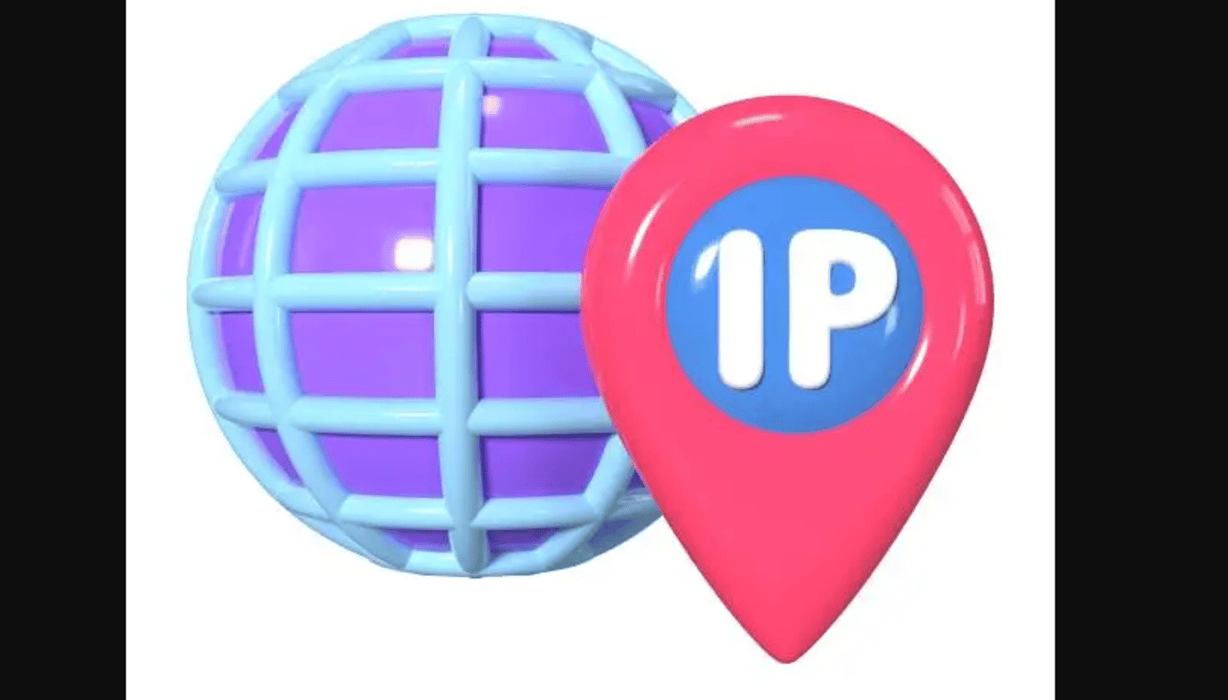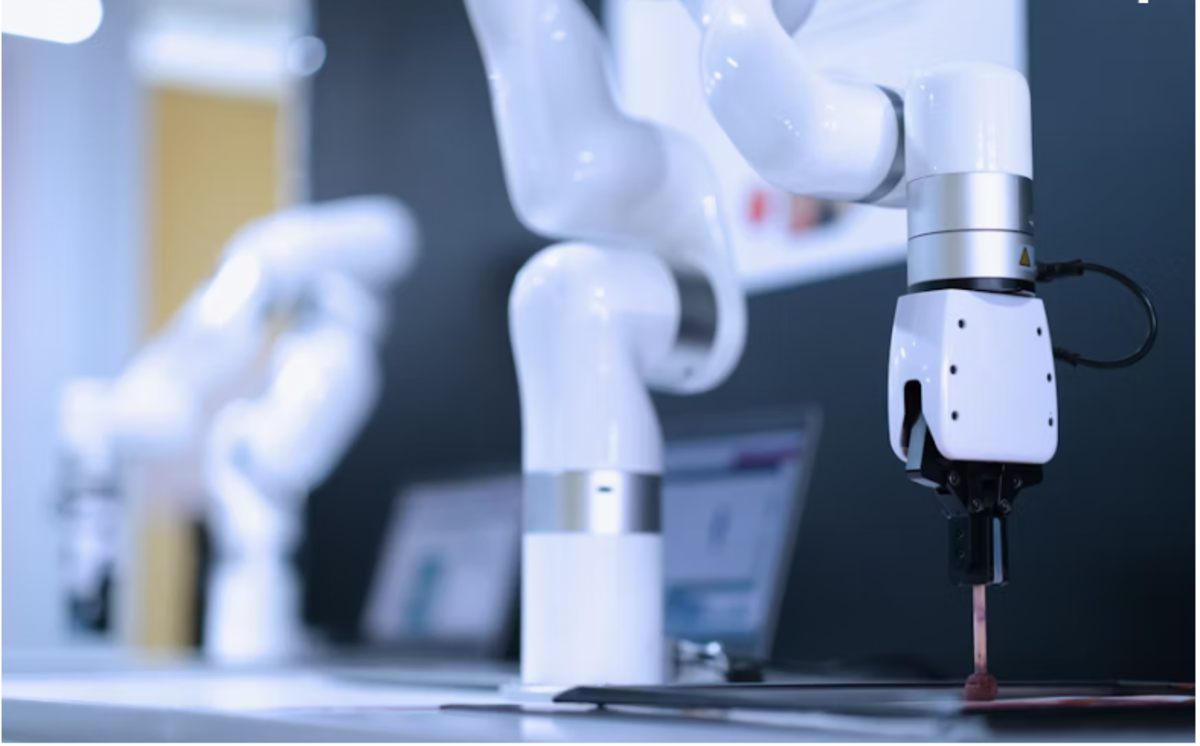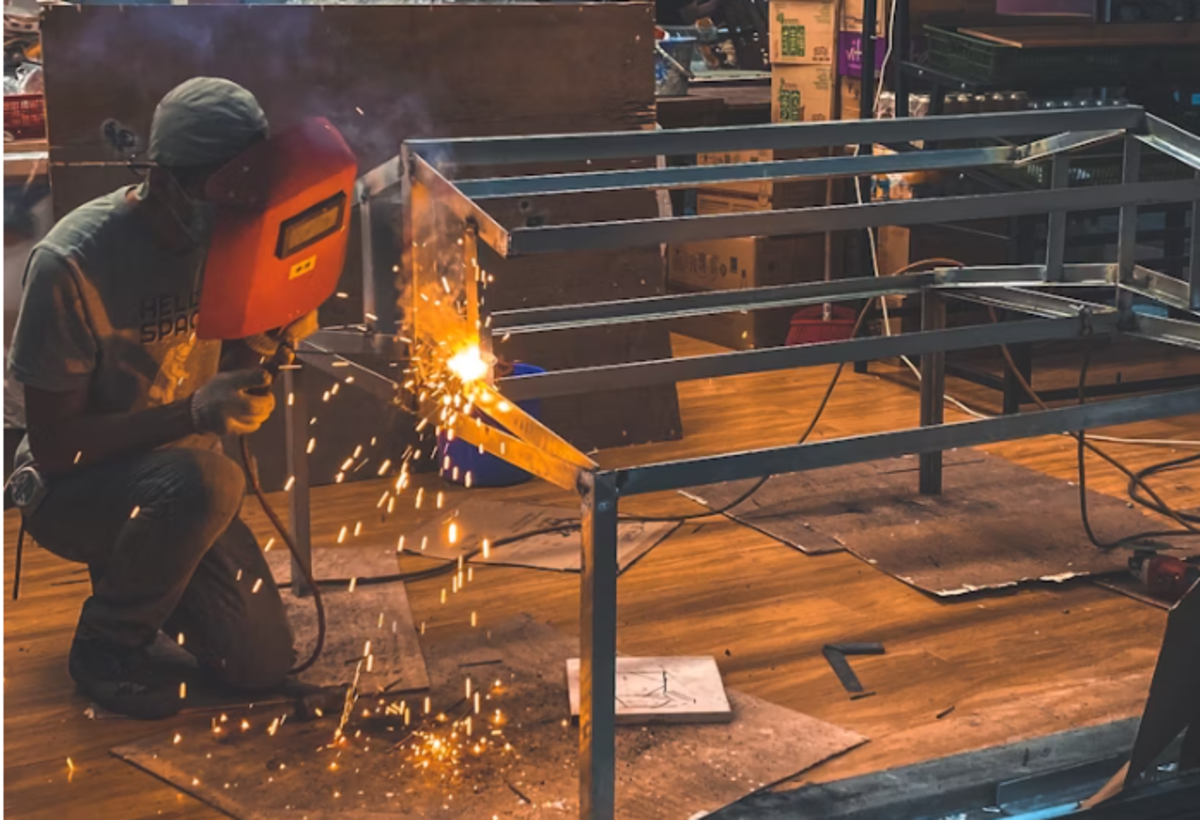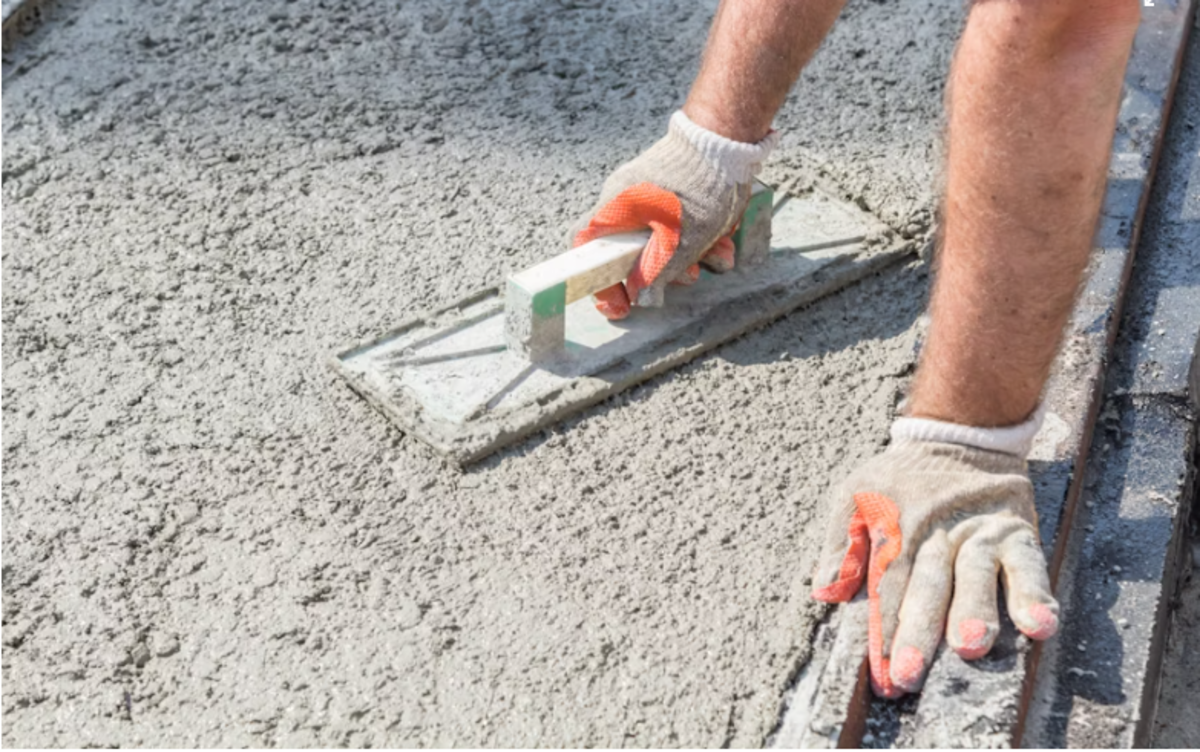In today’s digital world, we use the internet for almost everything, from checking email to streaming programs. However, sometimes confusing strings of numbers like 185.63.253.300 suddenly appear, leaving many users scratching their heads. Does this really exist? Is something broken? Or is it just a bug?
If you’ve ever come across this strange address and wondered what it means, this article is for you. Let’s take a closer look at what 185.63.253.300 is, why it’s an invalid IP address, and what you should know if you see a similar address.
What is an IP address and why is it important?
To understand what’s wrong with 185.63.253.300, we must first understand what an IP address is. An IP address stands for Internet Protocol address and is like your device’s home address on the internet. Your IP address tells other computers where you are and allows you to send and receive data on the internet.
Every device that connects to the internet (such as a smartphone, computer, or smart refrigerator) is assigned a unique IP address. This helps keep the digital world in order. Without your IP address, websites wouldn’t know where to send the information you requested, and nothing would load.
In a nutshell, IP addresses help you use the internet smoothly. IP addresses play a key role when searching the internet, watching videos, and communicating with friends online.
Let’s take a closer look at the IP address format
Most of the world still uses IPv4. It consists of a set of four numbers. These numbers are called octets and are always separated by periods. An example of a valid IP address would be 192.168.1.1.
The important thing is that each of the four numbers must be between 0 and 255. These are the rules. So, when you see an address like 185.63.253.300, something immediately catches your attention. 300 is too large a number. This exceeds the allowed range and renders the entire address invalid.
These rules exist to ensure that IP addresses remain consistent, machine-readable, and don’t cause problems when connecting to websites or networks.
Why isn’t 185.63.253.300 a valid IP address?
Now that we know how IP addresses are constructed, it’s easy to see why 185.63.253.300 doesn’t work. The number 300 in the last section violates IP address formatting rules. The number cannot exceed 255, rendering the entire process invalid.
Think of it like a phone number with too many digits. Even if most of the numbers look correct, if there’s a mistake anywhere, they’ll be unusable. Computers also work on the same principle as IP addresses. Even a single mistake and your device won’t be able to connect to the internet properly.
So, if you see an IP address of 185.63.253.300, it often means something is wrong. This means either the number was entered incorrectly or there is a problem with the address settings.
Common Misconceptions About Invalid IP Addresses
There are many misconceptions about invalid IP addresses. One of the most common misconceptions is that they are caused by hackers or viruses. Staying safe online is important, but the reality is that most invalid IP addresses, like 185.63.253.300, are the result of simple mistakes.
There is also a misconception that if your IP address is invalid, your device will be permanently destroyed. This is also not true. In most cases, fixing or updating your settings will quickly resolve the issue. It’s like restarting your phone when an app crashes. This means you should perform a factory reset immediately.
Some people believe that any incorrect IP address is dangerous. But in reality, most of these problems are harmless and can be fixed in just a few minutes. The key is to understand what caused the problem in the first place so you know what steps to take next.
What happens if you use an invalid IP address?
If a device tries to use an address like 185.63.253.300, it won’t be able to connect properly. You may see a warning message or your browser may report that the website cannot be reached. This happens because the internet doesn’t know what to do with addresses that don’t follow the correct format.
In some cases, this can affect your entire internet connection. Your device may freeze when trying to connect, or your router may not recognize what’s happening. It’s like giving someone the wrong directions. I can’t reach my destination.
As a result, an invalid IP address often leads to slow browsing, dropped connections, or no internet access at all. This can be frustrating, especially when you don’t know why.
What causes the “Invalid IP” error?
There are several reasons why you might see an invalid IP address, such as 185.63.253.300. One of the most common reasons is entering the address incorrectly. Even a small mistake, such as entering “300” instead of “30,” can invalidate your connection.
In some cases, your network settings may be incorrect. If your device isn’t set up to obtain an IP address automatically, it may try to use an IP address that doesn’t work. This can happen if you’ve recently changed your internet settings or installed new software.
There may be a problem with your router, cable, or internet service provider. If the system that assigns IP addresses isn’t working properly, your devices may be stuck with invalid addresses and unable to access the internet.
How to Troubleshoot an Invalid IP Address
Fortunately, in most cases, this problem can be fixed with a few simple steps. First, check which IP address you’re using: Make sure each part of the IP address is in the 0-255 range. If you see a strange number, like “300,” then you’ll understand what the problem is.
Then restart your router or modem. This will refresh the connection and usually assign a new IP address to the device. This is one of the simplest and most effective ways.
If the problem persists, check your device’s network settings. Make sure it’s set to obtain an IP address automatically using DHCP. If you don’t know how to configure this, you can also contact your internet service provider.
How to Avoid Invalid IP Address Problems in the Future
To prevent this problem from happening again, first make sure your network settings are correct. Instead of manually setting an IP address for your device, set it to obtain one automatically. This helps prevent errors like “185.63.253.300”.
Regularly update your router’s firmware and device drivers. Software updates often fix minor bugs that can cause IP issues. They also improve the way your devices interact with the internet, making them more reliable.
Finally, don’t change your IP address settings unless absolutely necessary. If you’re unfamiliar with how IP addresses work, it’s safer to let your device do the work for you.
Difference between IPv4 and IPv6
You may have heard of IPv6, the newest version of the Internet Protocol. Unlike IPv4, it uses longer addresses consisting of letters and numbers, for example 2001:0db8:85a3::8a2e:0370:7334. It was developed due to the shortage of IPv4 addresses on the Internet.
Some people confuse IPv6 errors with IPv4 errors, but they follow different rules. In IPv4, “300,” such as 185.63.253.300, is obviously not valid. IPv6 addresses are longer and have a completely different structure.
Understanding this difference is useful, especially when troubleshooting network issues. Understanding which format you’re dealing with will help you find the right solution.
When to Consider IP Address Errors
While most IP errors are harmless, it’s important to know when they can cause serious problems. If you’ve restarted your device and/or router and still see an invalid IP address, this may indicate a more serious network issue.
In rare cases, malware or malicious software may be affecting your settings. If your device starts behaving strangely or shuts down frequently, we recommend running a security scan and seeking professional help if necessary.
But in most cases, errors like “185.63.253.300” are simply a minor error or typo. With a little knowledge, you can easily fix this problem and be back online in no time.
Conclusion
I hope this article has helped you understand IP address validity and why 185.63.253.300 is not supported. It may seem like a small thing, but knowing how IP addresses work can save you time and frustration when network problems arise.
Learning these digital technology basics will help you feel more confident and competent using your devices. Whether you’re fixing your own Wi-Fi or helping a friend, this knowledge can come in handy.
In today’s interconnected world, even small technical issues can have serious consequences. That way, the next time you see an unfamiliar IP address, like 185.63.253.300, you’ll know exactly what to do and why it’s important.
Frequently Asked Questions About 185.63.253.300 (FAQs)
Is 185.63.253.300 a real IP address?
The number 185.63.253.300 is completely invalid because it exceeds the 255 digits allowed in any IP address segment.
Can using an invalid IP address like 185.63.253.300 cause the internet to crash?
Yes. In some cases, your devices may not be able to connect to the network or your router may stop assigning valid addresses.
Do hackers use fake IP addresses like 185.63.253.300?
Surprisingly, it’s true. Fake IP addresses are sometimes used in phishing attacks, but most of the time these errors are simply misconfigurations.
Will entering an incorrect IP address cause a permanent disconnection?
If this isn’t fixed, then yes. Your device may not be able to access the internet until you repair or reset it.
Is it true that an incorrect number can disable your entire IP address?
That’s true. If you enter even one incorrect number, like “300” in this case, the entire address will become unreadable to the internet.










